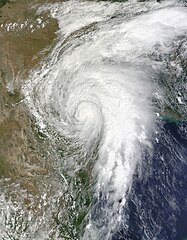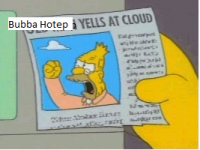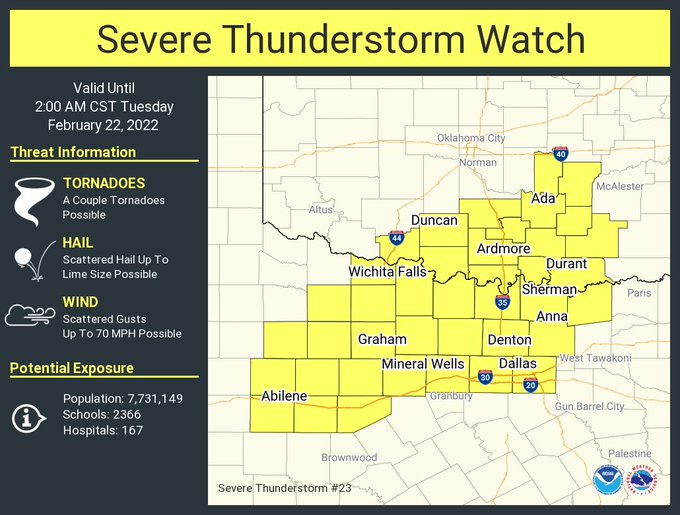txtwister78 wrote:Haris wrote:I dont know still why TV mets and forecasters never understand this. I will never get it.
Because I think most mets are trained to look at blends instead of just one model out of several. To your point however, I think in the case of an arctic frontal boundary (particularly down here in TX), those forecast unfortunately are often adjusted in short to real-time based on trends (example you posted above) and so you end up with forecast having to be adjusted on the fly (which can cause problems for the public as well). In other words, it's often a waiting game. I get your point, but we don't always deal with just cold/winter precip scenarios here and so the general rule I think is to go with a blend.
Plus, as we've discussed before, it's much easier to call your shot on a forum or on twitter than to do that from met seat 48-60 hours out where that forecast impacts millions and you have several other models going in a totally different direction. I think as you pointed out, mentioning the NAM (as AUS/SAT did via twitter) was a step in the right direction in that they didn't rule it out.
Yep you nailed it. Professional mets normally stick close to a blend of models (NBM). However in these situations when the NAM typically has a better track record with arctic cold fronts, we hedge our forecast in that direction. We can't put all of our eggs in that basket because if it fails (it's happened before and will again), that will be a very bad look for us.
My team has our ice risk area reaching as far south as Austin. That's a bit south of the NBM guidance and more towards what the NAM is showing. I think Houston will probably miss out again on ice with this system and that is just fine with me!
 The posts in this forum are NOT official forecast and should not be used as such. They are just the opinion of the poster and may or may not be backed by sound meteorological data. They are NOT endorsed by any professional institution or
The posts in this forum are NOT official forecast and should not be used as such. They are just the opinion of the poster and may or may not be backed by sound meteorological data. They are NOT endorsed by any professional institution or 


















